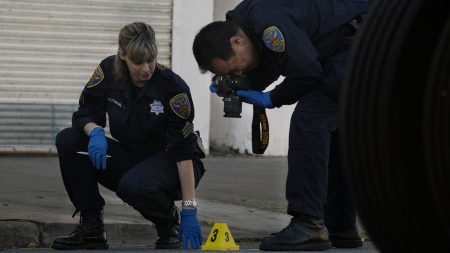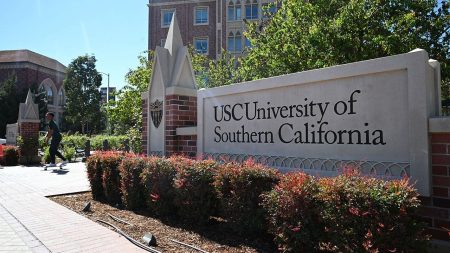Hawaii authorities have declared that coastal waters off the wildfire-affected town of Lahaina are safe for surfing and swimming, as recent water sampling tests have shown no significant risk to human health. However, access to some coastal areas in the burn zone are still limited as cleanup efforts continue. Officials have been cautioning residents and visitors to limit exposure to the waters and to avoid consuming fish from the area since the deadly fire. The announcement did not address the safety of eating fish and other marine species from Lahaina’s waters.
Prior to the fire, Lahaina’s waters were popular among surfers, swimmers, and snorkelers, with tour companies often taking visitors to see coral reefs off the town. Since the fire, tours have been diverting to reefs in West Maui to the north or south instead. The Department of Health expressed particular interest in the test results for metals due to their increased presence in wildfire ash and the potential for rain and runoff to transport them into the ocean. University of Hawaii conducted assessments of nutrients, metals, and carbonate chemistry, while the Surfrider Foundation tested for metals and polyaromatic hydrocarbons, a class of chemicals found naturally in coal, crude oil, and gasoline. Harbor sediment samples were also analyzed for metals, dioxins, total petroleum hydrocarbons, and other contaminants.
The Department of Health’s declaration followed a delay in the release of the Maui wildfire report due to subpoenas issued to county agencies. Authorities are still working on the cleanup efforts in the Lahaina area and continue to restrict access to certain coastal areas. Despite the ongoing cleanup, scientists are using the aftermath of the wildfire as an opportunity to study the potential effects of chemicals and metals from burned plastics, lead paint, and lithium-ion batteries on delicate reef ecosystems. This unique situation of a large urban fire burning next to a coral reef is unprecedented, providing valuable insights for researchers.
The state Department of Health’s decision to deem Lahaina’s waters safe for recreational activities comes as a relief to residents and visitors who enjoy surfing, swimming, and snorkeling in the area. The continued cleanup efforts in the aftermath of the devastating fire have led officials to caution against eating fish from Lahaina’s waters and to limit exposure to the coastal areas. Tour companies have been redirected to other reefs in West Maui as a precaution. The focus on monitoring metals in the water has been heightened due to their elevated concentrations in wildfire ash and the potential risks associated with runoff into the ocean. Scientists are closely studying the effects of various contaminants on the coral reefs in the wake of the fire.
The Maui wildfire has presented a unique opportunity for researchers to study the impacts of urban fires on delicate marine ecosystems, particularly coral reefs. The presence of chemicals and metals from burned materials such as plastics and batteries poses a potential threat to the marine life in Lahaina’s waters. By analyzing water samples, sediment, and marine species, scientists aim to better understand how these contaminants may affect the ecosystem in the long term. The delay in the release of the wildfire report underscores the complexities involved in addressing environmental impacts and ensuring the safety of coastal areas for recreational purposes. Overall, efforts are being made to safeguard the health of individuals and the marine environment in Lahaina as the community works towards recovery and restoration following the devastating wildfire.















